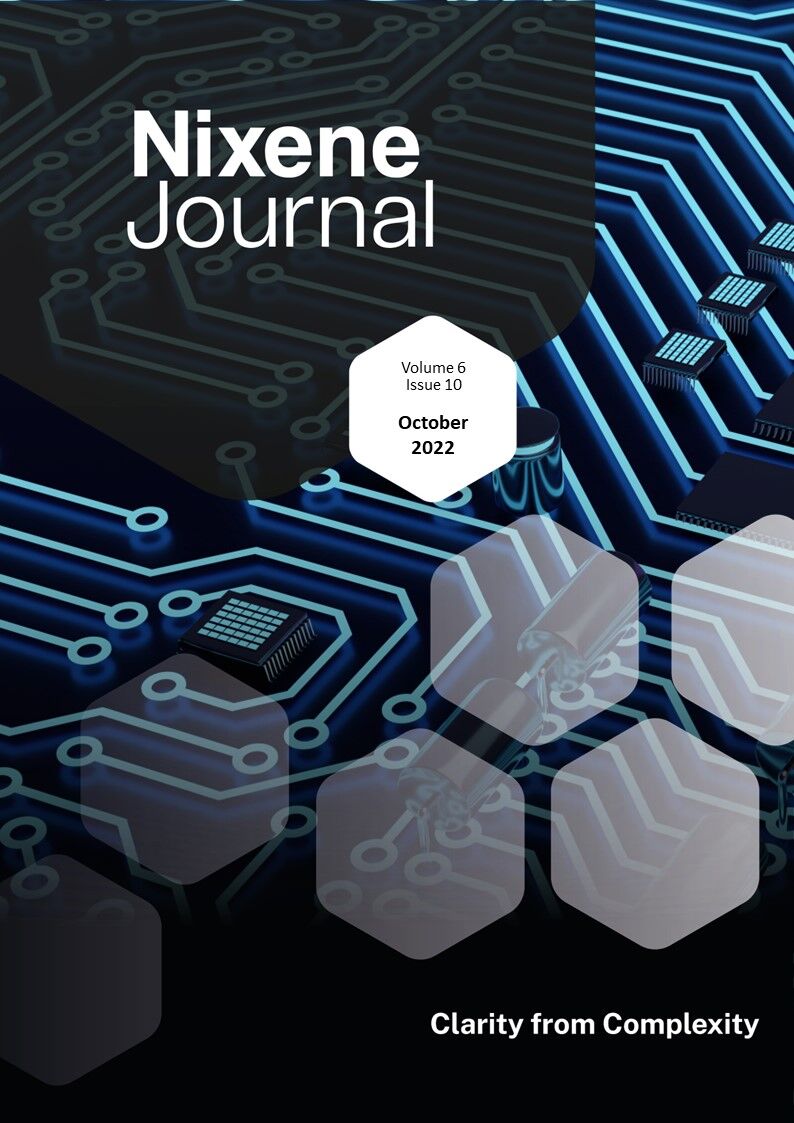Description
There is a huge amount of activity again this month. The highlights are probably centred on the Graphene Engineering Innovation Centre (GEIC), Manchester UK. The GEIC ecosystem is starting to come into its own. Two GEIC partner companies have received significant amounts of funding.
Nationwide Engineering has created a spin out company to commercialise graphene enhanced concrete, ‘Concretene’. They have successfully attracted £8 million of investment and the new company will become a tier 1 partner at the GEIC. The company is called Nationwide Engineering Research Division (NERD). So, the GEIC has a NERD. The British have a particular sense of humour.
Another company has attracted £0.5 million investment. This is Molymem. The company specialises in new two-dimensional material, molybdenum disulphide (MoS2) part of a family of materials called transition metal dichalcogenides (TMDs) Molymem uses layers of MoS2 to enhance filtration membranes that are capable of filtering salts from water and also resistant to extremely corrosive conditions.
Molymem are working with TMD powders. These materials can also be laid down as large area sheets using the CVD process similar to that used to make graphene. TMDs are of interest to the semiconductor industry because they have semiconducting and optoelectronic properties. Researchers at MIT have worked out how to make TMDs as single crystals (very high quality) on silicon wafers. They have also developed the capability to lay down different TMDs on top of one another. Semiconductor fabrication plants (Fabs) will start to pay attention to this work because the techniques MIT have used are recognisable to the Fabs as scaleable industrial processes they can use.
This TMD appears again this month. Researchers in the USA have made a photosensor with MoS2 that has a wider dynamic range, very good low light response and improved energy efficiency when compared with current technology. This will enable the next generation of cell phone cameras and machine vision for the internet of things.
Back to graphene, and researchers in Portugal have developed a graphene field effect transistor that can be used to detect the grape varieties used to make the wine by detecting tiny amounts of trace DNA from the grapes. This could be used to prove the authenticity of wines and protect specialist manufacturers.
As usual there is too much to mention on a single page. Our special feature is about friction in 2D materials. We have discovered it is not as simple as you might think. I recommend you start this month with our special feature to find out more.
Adrian Nixon
1st February 2023










